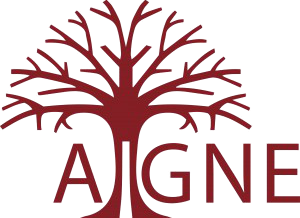The Student Bullying of Teachers: An Exploration of the Nature of the Phenomenon and the Ways in which it is Experienced by Teachers
DOI:
https://doi.org/10.33178/aigne.vol5.5Abstract
The student bullying of teachers (SBT) is a distinct, complex and multi-faceted problem which was first empirically examined in the late 1990s by researchers in Finland (Kivivuori, 1996) and in the United Kingdom (Terry, 1998; Pervin and Turner, 1998) who suggested that particular patterns and characteristics of student behaviour towards teachers may be identified as bullying, rather than general disruptive behaviour or violence. SBT is an emerging global issue, yet it is under-recognised in academic, societal and political spheres compared with violence against teachers and other forms of bullying, resulting in limited conceptual understanding and awareness of the phenomenon. An in-depth understanding of SBT is fundamental to establishing an effective response to address the issue. Therefore, this article seeks to advance conceptual understanding and awareness of SBT and to highlight the ways in which the phenomenon may be manifested. The difficulties associated with establishing a definitive definition of SBT are explored under the three central components of a bullying definition –intent to harm, repetition and power imbalance. These components are discussed in relation to the unique qualities and complexities of SBT. The manifestation and prevalence of SBT both in Ireland and in an international context are also explored.Downloads
Published
2018-11-26
Issue
Section
Articles
License
For our full Copyright Notice see our Author Guidelines.
How to Cite
Garrett, L. (2018). The Student Bullying of Teachers: An Exploration of the Nature of the Phenomenon and the Ways in which it is Experienced by Teachers. Aigne Journal, 5(1). https://doi.org/10.33178/aigne.vol5.5


